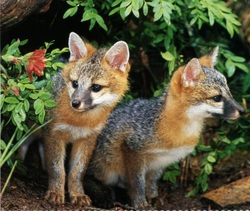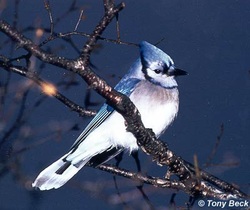Wildlife

The Great Lakes and St. Lawrence River were main attractions for early settlers to the mixed wood Plains, and not only as a travel route. The waterways supported an incredible wealth of fish and other aquatic species that stirred economic growth and regional progress. The Great Lakes were once dominated by large, bottom-dwelling species such as Lake Trout, Whitefish, and Sturgeon. Walleye and Largemouth Bass flourished in protected bays and the warm, deep Lake Erie.

Forests and grasslands support a wide variety of terrestrial organisms in the Mixedwood Plains. Typical mammals include White-tailed Deer, Black Bear, eastern Cottontail, and Grey and Black Squirrels. Foxes and wolves make appearances outside urban settings, while coastal wetlands and tributaries offer critical habitat for beaver and muskrat. Although many species have lost varying degrees of habitat to urban development, a handful have proved resilient. Frustration animals, such as raccoons, house mice, and groundhogs, have found special niches within urban ecosystems and thrive there.

Many bird species, including the Cardinal, Green Heron, and Carolina Wren, are unique to the mixed wood Plains Ecozone. Typical residents of residue forest patches and urban green space include Blue Jay, Whip-poor-will, Red-headed Woodpecker, and Baltimore oriole populations.
